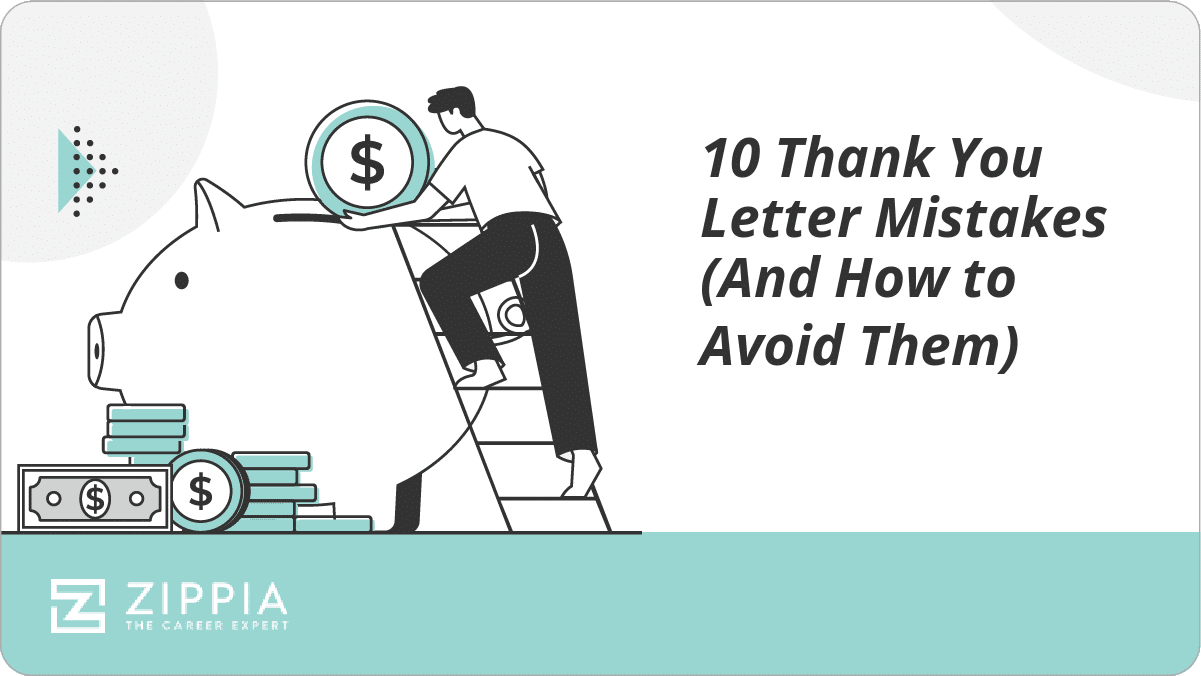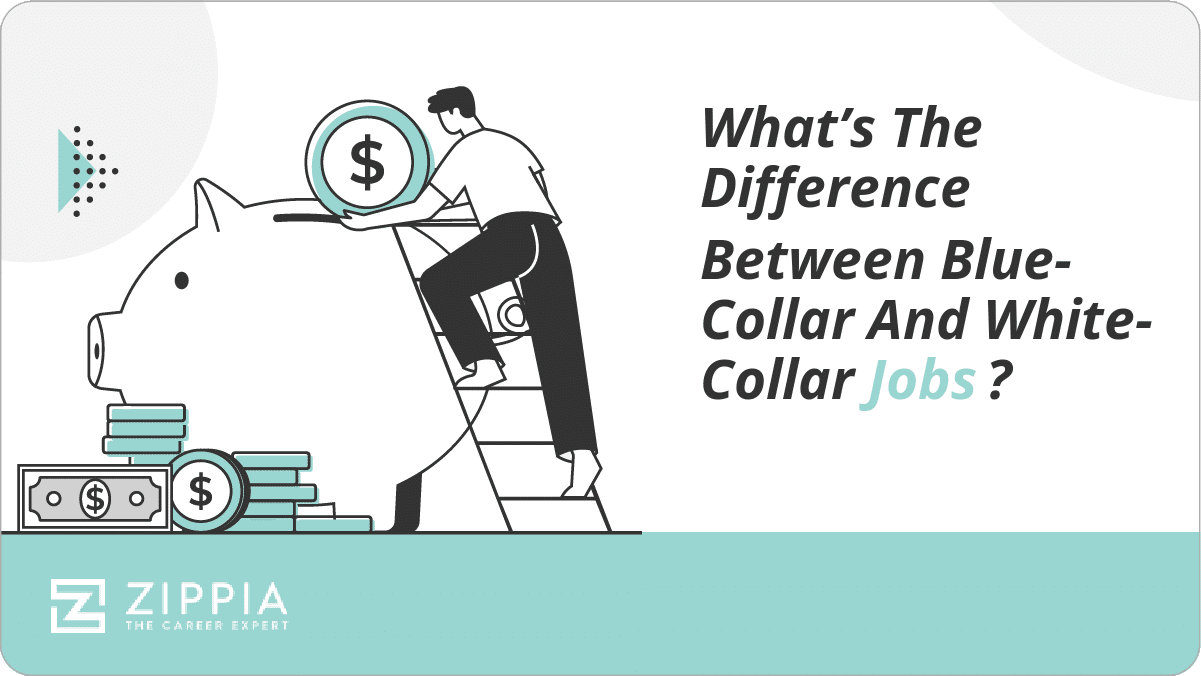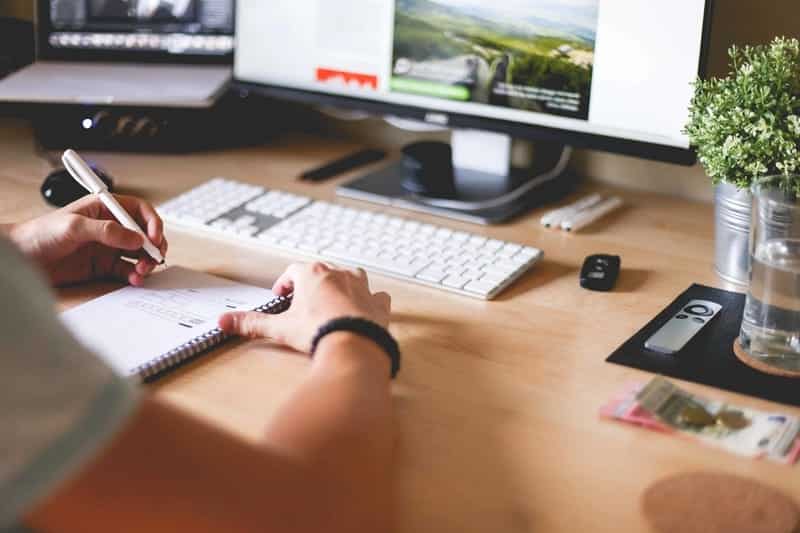- Application
- Email Communication
- Letter Communication
- Follow Up
- Job Application Tips
- About Me Page
- Answering Machine Messages
- What To Bring To A Job Fair
- Free Job Posting Sites
- Email Sign Offs
- Job Scams
- How Long Does It Take To Become A Doctor
- How Long Does It Take To Become A Vet
- Government Programs That Help Felons Get Jobs
- How Long Does It Take To Become A Dentist
- Relocation
- Job Search Spreadsheet
- Right To Work States
- How To Research A Company
- How To Change Careers
- What To Do If You Have No References
- Working For a Big Company Vs. A Small Company
- Writing Sample Format
- How Long Should A Writing Sample Be
- How To Get A Job Fast
- How Many Jobs Should I Apply For
- Military Requirements
Find a Job You Really Want In
Sending a thank you letter after an interview is important and it’s important that you don’t ruin your chances of getting a job offer by sending a thank you note full of awkward mistakes.
We have put together the 10 most common thank you letter mistakes and how you can avoid them to make sure you write a stand out thank you letter that will leave a lasting impression.
Key Takeaways:
-
Your thank you letter should be sent within 24 hours of your interview.
-
You should not send the same letter to every person you met.
-
Make sure you personalize your letter because it shows that you were present and listening during the interview.
-
A thank you letter helps show your interviewer that you are interested and excited about the position.

10 Thank You Letter Mistakes
-
Waiting too long to follow up with the interviewer. If you want to get a job offer, don’t put off sending your thank you letter. You should aim to send your thank you note within 24 hours of your interview. Hiring managers make decisions quickly, so you want to make sure they see your thank you note before your window of opportunity closes.
One caveat to this piece of advice — you also shouldn’t send your follow-up email immediately after the interview. It can look a little desperate, and you want to spend a little time writing it anyway. If you’re worried you’ll forget if you don’t do it right away, set a reminder for a few hours later.
-
Sending a generic, impersonalized letter. Much like sending a generic cover letter, employers will be able to tell that this is a one-size-fits-all thank you note. Additionally, you’ll make them think that in the grand scheme of things, the opportunity of working with them just isn’t that important to you.
Your thank you note is an important tool in helping you stand out against other candidates. It gives you the chance to show that you were present during the conversation by bringing up specific topics that came up during the interview.
Make the most of your thank you letter. Personalize it to show the employer that you genuinely care about the job opportunity.
-
Sending a letter full of typos and grammatical errors. Sending out a thank you letter full of spelling and grammar mistakes is a great way to show employers that you didn’t care enough to proofread and that you don’t pay attention to detail. These are great impressions to make if you absolutely don’t want to get hired.
If you actually do want to get the job, make sure you closely proofread your thank you letter a few times before sending it out. Don’t rely on spellcheck to catch your mistakes. Instead, ask a friend who has a keen eye for detail to help you look over your thank you letter before you hit send.
-
Bringing up salary and benefits. Even though you might be dying to know how much your potential job might rake in, your thank you note is not the time or the place to bring up salary and benefits. This is the time to thank the employer for their time and for the opportunity, not ask how much money they can give you.
Don’t worry; you’ll get the opportunity to negotiate your salary when you get the job offer. Until then, stick to gratitude and enthusiasm.
-
Sending the same letter to every person you met with. Sending the exact same message to everyone you interview with is lazy and a good way to make a bad impression. Hiring managers within the same company will often share notes and messages with each other, and they’ll think less of you for sending the same letter to all of them. Yikes, talk about embarrassing.
If you met with multiple people for your interview, it’s important to write each person a specific and personalized letter that reflects the conversations you had with them. This shows that every meeting mattered to you, while also showing that you care enough to write more than one boring, generic thank you letter.
To that end, make sure you collect business cards or at least find out the email addresses of everyone you met with. If you’re meeting a whole bunch of people throughout your day, you may want to jot down some notes throughout the process so you can keep all the interactions straight in your head.
-
Formatting it like a formal letter. Aside from the glorious luxury that is Amazon Prime, the days of snail mail are long gone. Employers make hiring decisions quickly, and handwritten letters, although classy, just aren’t timely or efficient. Stick to email.
The only times when a handwritten note might be more effective is for the C-level jobs of senior executives and those applying to roles at especially traditional businesses or industries, like some law firms.
Keep in mind that your thank you letter email should read like an email, not a letter. There’s no need to include your physical address or the company’s. Ditch the fluffy, formal language and stick to focusing on the best moments from your conversation. You don’t want to bore the employer to death.
-
Writing long, rambling paragraphs. People are more willing to read emails with short, concise paragraphs, while super long and dense emails frequently get put on the back burner. If you want your thank you letter to actually get some attention, make it easy for the reader.
Focus on the main points of your conversation and thank the interviewer for their time and for the opportunity. There’s no need to ramble. Keep it short and to the point.
100-300 words should be plenty to say everything that needs saying. That’s about three paragraphs with a sentence or two in each.
-
Asking to connect on LinkedIn or other social media. It’s never a bad idea to build professional connections, but there’s a time and place for networking — and your thank you letter is not one of them. Wait until you’re invited back for a second interview or given a job offer before you start sending requests on LinkedIn.
Oh, and avoid Facebook and Instagram until you’re actually part of the company. There’s no need to rush these things. You want to respect professional boundaries and avoid coming off as overeager.
Another tip in the same vein — don’t be too aggressive about suggesting a time when you’ll call to check in about a decision. It’s okay to ask when you can expect to hear back (although you should’ve asked at the interview), but don’t start trying to set your own timeline of events.
-
Rehashing a failed interview. If you didn’t do well during your interview, there’s no need to recap the entire long, unpleasant conversation. The interviewer was there, they know what happened.
A long, repetitive email isn’t going to change the outcome of the interview. Just accept your losses, learn from your mistakes, and move on to the next job opportunity.
You may be tempted into thinking you can make an excuse or apologize for whatever happened. Instead, focus on your positive traits and highlight good moments from the interview (if there were any). But if your interview performance was obviously abysmal and you’re clearly out of contention, then you can stick to a simpler “thanks for your time” type letter.
-
Writing a thank you letter just because you feel like you have to. Instead of writing a boring, generic thank you note because you feel like you just have to, try thinking of it as an opportunity to set yourself apart from other candidates, make a great impression, and get further in the hiring process.
Use your thank you letter to continue an exciting conversation you had during the interview, and to show that you’re enthusiastic about the job opportunity. This will be enjoyable for the hiring manager to read; plus, it will bring you one step closer to getting a job offer.
Seriously — think of the difference between someone simply thanking you for a meal compared to them thanking you and raving about how delicious it was. Being passionate about the opportunity makes the “thank you” more authentic.
Why Send a Thank You Letter After a Interview
Thank you letters are a great way to show that you’re genuinely interested in the job, while also giving you the opportunity to reiterate that you’re the best fit for the job.
Sending a thank you letter after an interview is always a good because because it thanks your interviewer or interviewers for their time, but also makes you stand out from other candidates. Not everyone sends a thank you letter after a interview, so doing so will help you show your interviewer that you are still interested in the position, and you have good intentions toward the company.
When sending a thank you letter, make sure it is sincere and personalized. A quick ‘thanks for the interview’ might sound good but it could come off as insincere and that you are only doing it because you have to.
Thank You Letter FAQ
-
Is it OKAY to send the same thank you letter?
It is not OKAY to send the same thank you letter to your interviewers. A thank you letter is a part of your overall impression to your interviewer or interviewers, so if you send the same one to everyone, it will come across as generic and impersonalized.
While the bulk of a letter might be the same, you should still customize the letter to each individual that you are sending it to, and add a small detail that pertains to an interaction you had with them.
-
Should you use the interviewers first name in the letter?
It’s best to stick with a formal Mr., Mrs., Ms., unless otherwise told to call them by their first name. If your interviewer told you to call them by their first name in the interview, you should do so as well in your thank you letter. But if they did not specify if you can call them by their first name, stick to the safe route and keep it formal.
-
How long should a thank you letter be?
A thank you letter should be longer than one page. This should be between 100 and 300 words. If you are sending a email, keep the subject line simple and to the point. Make sure to also include your name in the subject line.
Final Thoughts
In our modern world of faceless, impersonal online communication, it’s important to do everything you can to make the effort of writing a personalized thank you note after your interview.
Thank you notes are a great way to show that you’re grateful for the opportunity, that you’re a considerate person, and that you genuinely want the job. While the biggest mistake you can make is to not send one at all, you want to avoid all of these other, smaller mistakes too.
Now that you know everything you should avoid doing when writing your job interview thank you note, it’s time to get to work and show hiring managers just how thankful you are.
- Application
- Email Communication
- Letter Communication
- Follow Up
- Job Application Tips
- About Me Page
- Answering Machine Messages
- What To Bring To A Job Fair
- Free Job Posting Sites
- Email Sign Offs
- Job Scams
- How Long Does It Take To Become A Doctor
- How Long Does It Take To Become A Vet
- Government Programs That Help Felons Get Jobs
- How Long Does It Take To Become A Dentist
- Relocation
- Job Search Spreadsheet
- Right To Work States
- How To Research A Company
- How To Change Careers
- What To Do If You Have No References
- Working For a Big Company Vs. A Small Company
- Writing Sample Format
- How Long Should A Writing Sample Be
- How To Get A Job Fast
- How Many Jobs Should I Apply For
- Military Requirements





